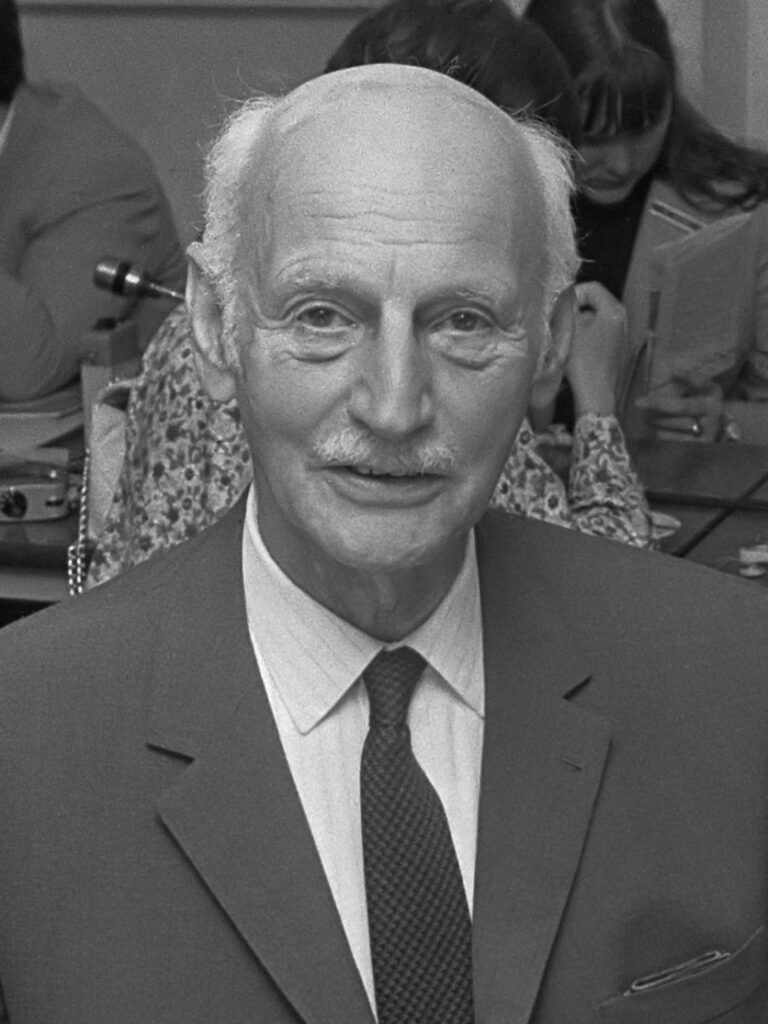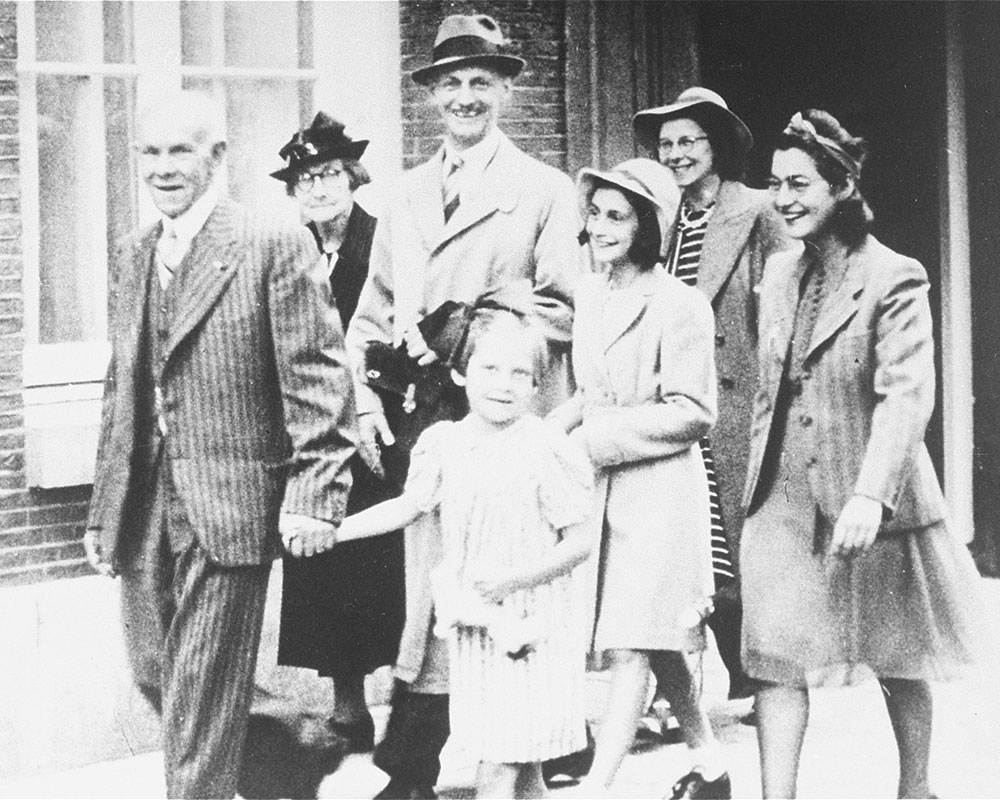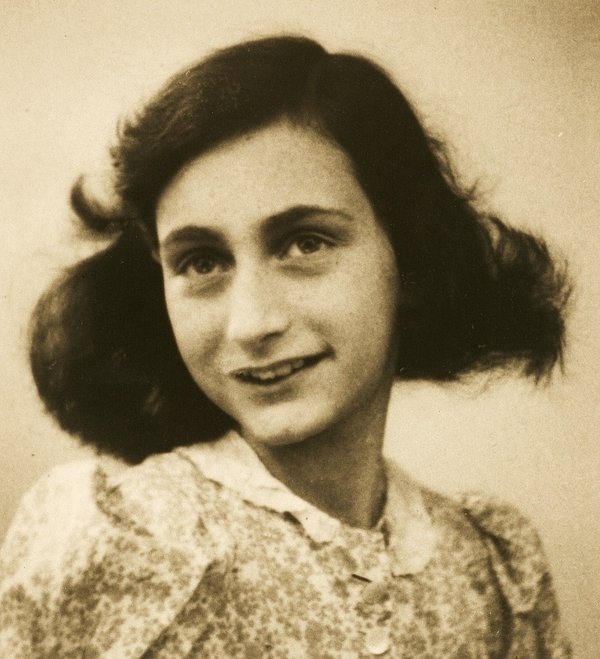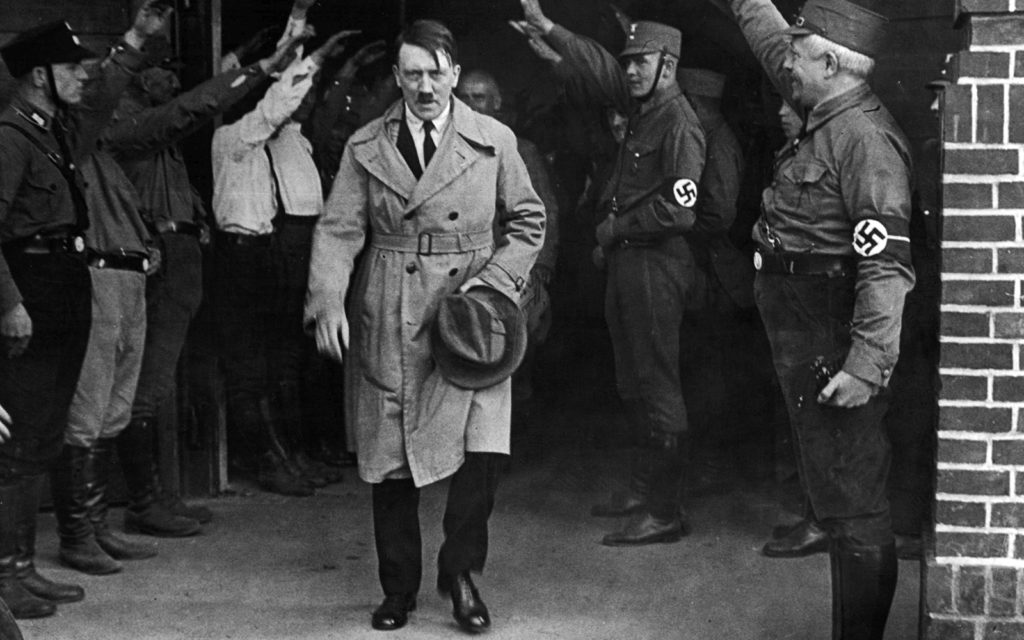Anne Frank was one of the most famous diarists in history. She was a Jewish teenager who went into hiding with her family during World War II.
Anne kept a diary that detailed her life during the two years they lived in an attic in Nazi-occupied Amsterdam. Her diary has become one of the most famous books of all time as Anne gave the world a glimpse of what the war was like from the perspective of a young Jewish girl.
The diary’s publication would not have been possible without Otto Frank, Anne’s father. He made it his mission to publish the diary to fulfill his daughter’s wish to become a writer.
“I finally realized that I must do my schoolwork to keep from being ignorant, to get on in life, to become a journalist because that’s what I want! I know I can write… but it remains to be seen whether I really have talent…” Anne wrote.
Otto is the only survivor of their family of four. Let’s learn more about him.

Who Is Otto Frank?
Otto Heinrich Frank was born in Frankfurt, Germany, on May 12, 1889. He was the second of four children born to Michael and Alice Frank. He was raised as a liberal Jew in an upper-middle-class family.
Otto studied at the Heidelberg University and traveled to the United States to work. One of his work experiences was in the famous Macy’s Department Store, thanks to Heidelberg University classmate Nathan Straus Jr., who later became a journalist and politician.
It wasn’t the only time Otto would be calling Straus for help getting to the U.S. Otto left the U.S. in 1909 because of his father’s death.
Military Service
Otto was drafted for military service in August 1915 to serve in the First World War. Otto’s two brothers also served in the Imperial German Army. Otto ended his service as a lieutenant.
After the war, he worked at a bank that the Frank family managed.
On May 12, 1925, Otto married scrap metal business heiress Edith Hollander. The couple had two children: Margot, who was born on February 16, 1926, and Anne, who was born on June 12, 1929.

World War II
Adolf Hitler established an absolute dictatorship in Germany in 1933. Without rhyme or reason, Jews were stripped of their wealth and dignity. Many were killed.
That year, Otto took his immediate family to Amsterdam, hoping they would be away from Nazism. He worked as the Amsterdam agent for Opekta, a pectin and spice company. In 1938, Otto opened his own spice business.
In May 1940, Germany invaded the Netherlands. Because he was a Jew, Otto was no longer allowed to own a business in occupied Amsterdam. He transferred control of the company to his employees.
Even before this invasion, Otto tried to get UK visas for his family but failed. He also wrote to his old college friend, Straus, to ask for help getting visas to the U.S.
The letters Otto and Straus exchanged were published in a book titled For the Sake of the Children: The Letters Between Otto Frank and Nathan Straus Jr. At the time, Straus was the administrator of the United States Housing Authority.
One of the letters read: “I am forced to look out for emigration and as far as I can see the U.S.A. is the only country we could go to. Perhaps you remember that we have two girls. It is for the sake of the children mainly that we have to care for. Our own fate is of less importance.”
Straus tried to help Otto, but when Germany invaded the Netherlands, no embassies could process the family’s documents.
One nation granted Otto a visa: Cuba. Unfortunately, it was for him alone, and he would have been forced to leave his family behind.
Anne Frank’s Diary
The family was left without any other option but to hide. Margot had already received a summons for labor duty in Germany.
Otto brought his family to the attic of the building where his former spice company operated. They lived behind a concealed bookcase along with the van Pels, known as van Daans in Anne’s diary.
Most of everything that happened next was told in Anne’s diary. She wrote for two years, until the hiding place was discovered by German officials in August 1944.
Otto was separated from his family—he was sent to a men’s concentration camp in Poland, while his wife and daughters ended up in a concentration camp in northern Germany. Edith died from sickness on January 6, 1945, just three weeks before the camp was liberated. Margot and Anne died a month later.
Otto was liberated on January 27, 1945. He returned to Amsterdam to look for his family but soon learned he was the sole survivor.
Some of Otto’s friends saved some of the things the family left at their hiding place, including photographs and Anne’s diary.

Otto read Anne’s diary. Soon, he began transcribing and sharing it with family and friends, who persuaded him to publish it. They agreed that Anne’s musings were too important not to share.
Otto typed out the contents of Anne’s diary and turned it into a manuscript. He edited out parts he thought should stay within the family.
The first edition of the diary was published in Dutch as Het Acheterhuis (The House Behind). It was translated into English and many other languages as Anne Frank: The Diary of a Young Girl or simply The Diary of Anne Frank.
To date, the book has sold over 30 million copies in 67 languages.
What Happened to Otto Frank After the War?
Otto married a fellow Jewish survivor, Elfriede Geiringer, in 1953. They settled in Basel, Switzerland, and spent the rest of their lives distributing and publishing Anne Frank’s diary while educating people about the Holocaust.
The couple also used proceeds from the diary to promote human rights and social justice. They prevented the demolition of the building where the Franks lived during the war and helped turn it into a museum known as the Anne Frank House.
Otto died of lung cancer on August 19, 1980. He named the Anne Frank Foundation in Basel as his heir.

